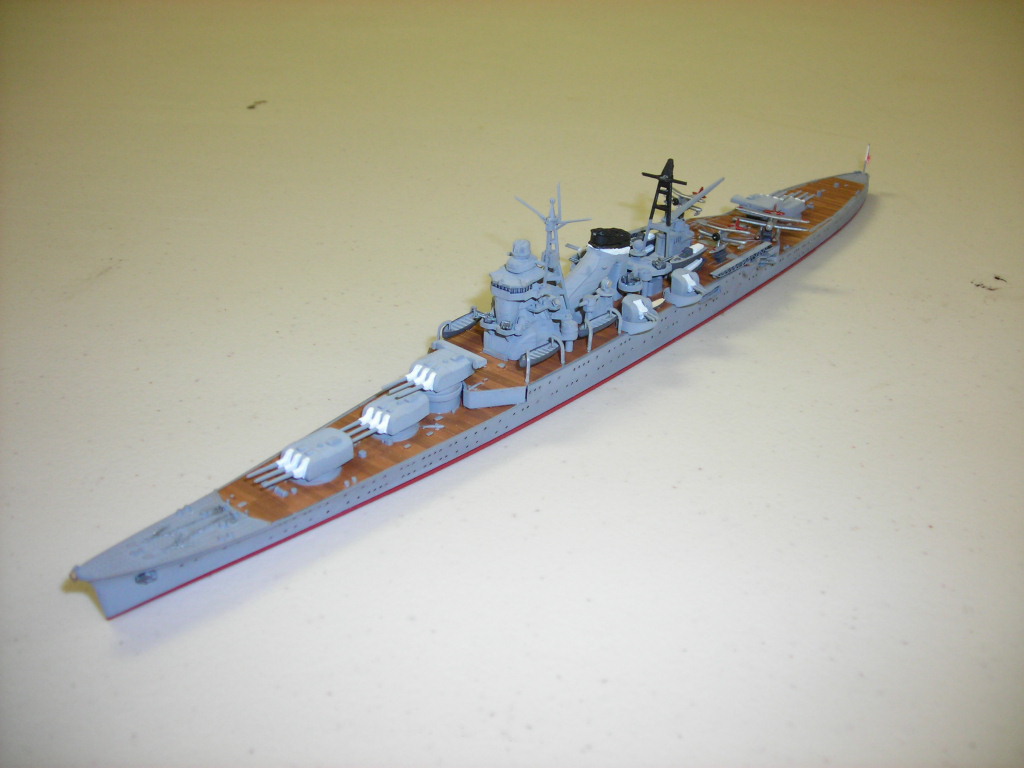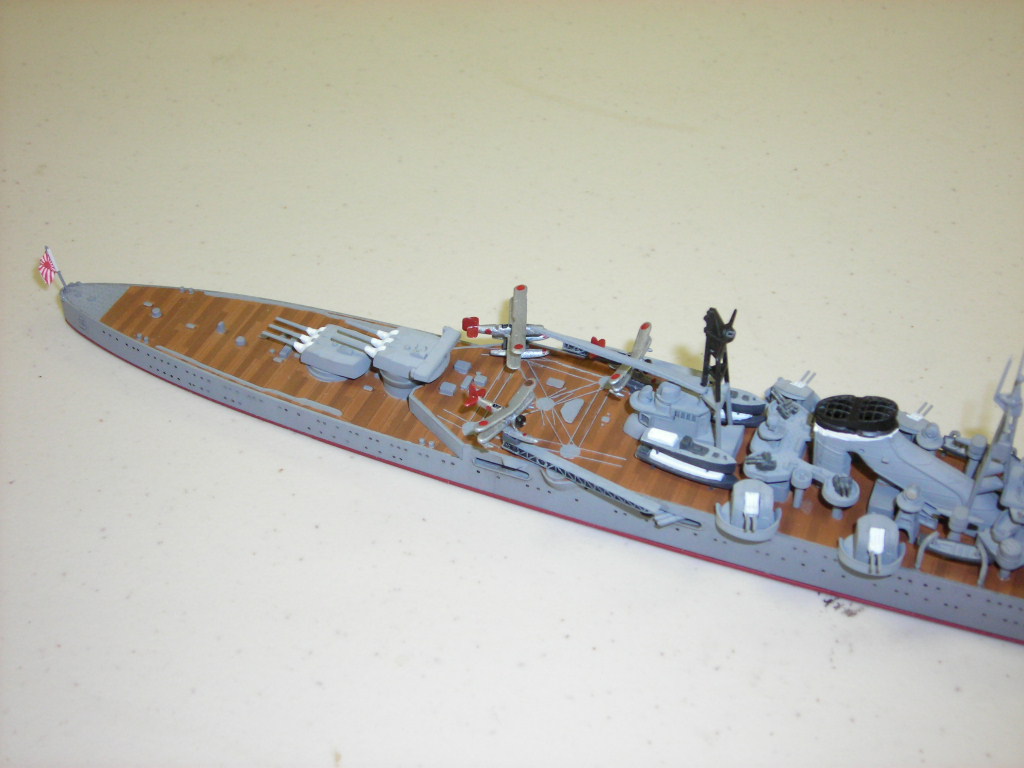- Joined
- Sep 17, 2013
- Messages
- 4,404
- Reaction score
- 2,296
I had always wondered how the "chameleon" paint job was done or how it can be replicated.:confused2:

I remember reading that it was based on hand-cut frisket and spraying on pearlescent paint.
And confirmed...
https://www.oldrocketforum.com/showthread.php?t=2440
It's a beautiful job. I don't know if I'll ever take that much time on my Interceptor E.
Doug
By "chameleon" paint are you by chance referring to color shifting paint? If so, I painted my motorcycle a few years ago using this paint. From one angle the paint looks gold, but from a different angle the paint is sort of a red color. It turned out so nice, I used green/purple color shifting paint on my PML Intruder rocket.
The way this works, it's a three step process. The first or base coat looks almost flat black, then the color coat goes on. The color coat looks sort of clear, with flakes swirling in it. The final step is just a clear high gloss that seals the color coat.
From what I've read, the way it works is this: What our eyes see as color is just light with different wavelenths. Color shifting paint just reflects different wave length light depending on your viewing angle.
It does look awesome on rockets, but photos don't really do the subject justice.
I bet this guy knows: https://www.ebay.com/itm/321266175370. Beautiful work.


This is a 1/700 IJN Kumano WWII Cruiser I did a few years ago. I used the same technique to do the decking. Each of the brown stripes on the deck were individually masked off.


It's really not that difficult, just a little time consuming. The entire ship is about 11" long.
-Dave
Enter your email address to join: